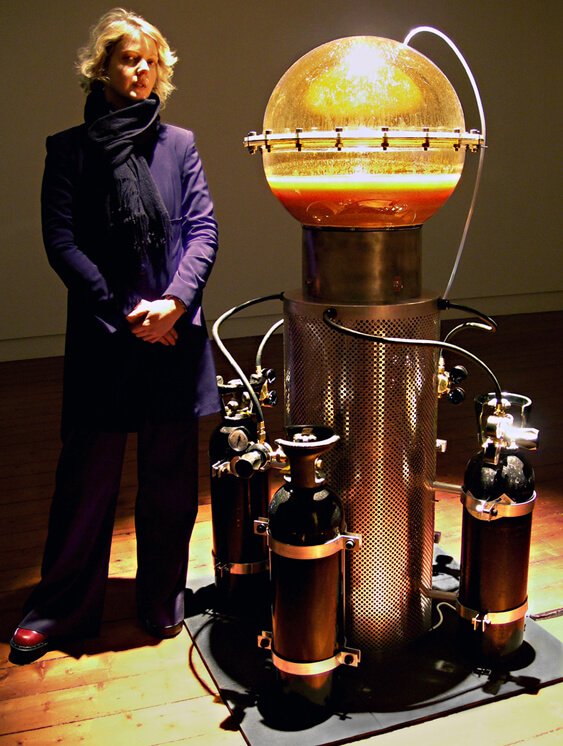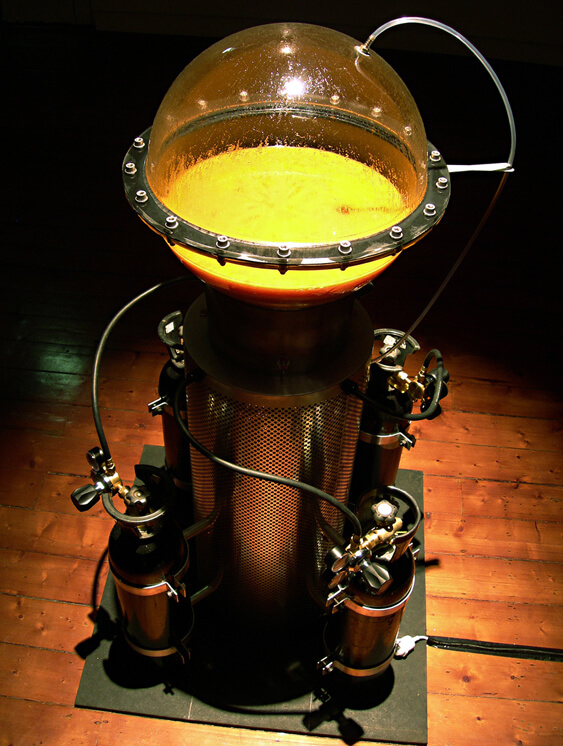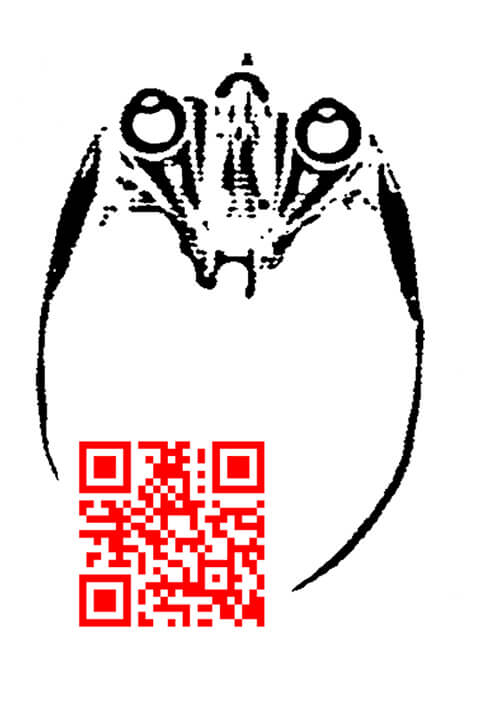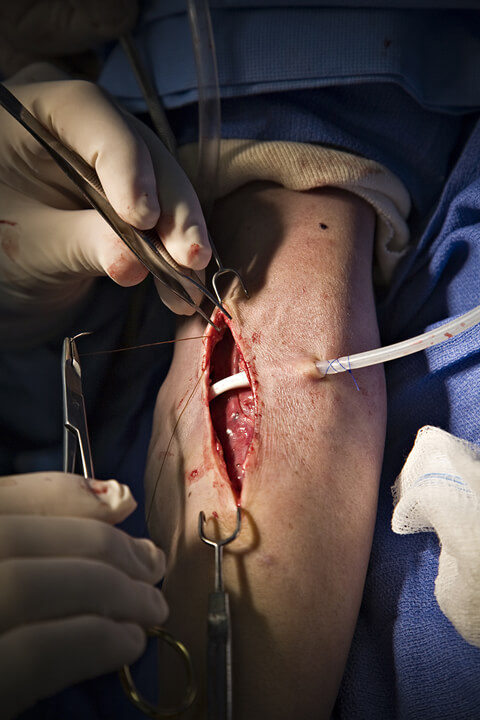Words by Lula Criado
The creative universe of Nina Sellars, an artist and researcher based in Australia, lies in the heart of science, humanities and art. Sellars utilizes the mediums of photography, drawing and new media to extend her artistic practice across techniques such as MRI, the study of wet anatomy, tissue culture, and liposuction.
One of the main assets of her work is the study of the human body and how anatomy and its various modes of visualization shape our understanding of it. From a medical point of view to a social approach, Nina Sellars takes our hand and guides us through a poetic and fascinating journey in which the cultural implications of the objectified body of anatomical study are explored.
In Oblique, Sellars photographs the surgical construction of Stelarc’s Extra Ear project (currently on view at HUMANS+ at CCCB, Barcelona, Spain). In Scan, the central axis of the project is the apparent socialization of anatomical images. By sitting in the gallery space, Sellars becomes part of the artwork. The viewer interacts with her by scanning the QR code on her forehead, which enables them to link to an online animation of her brain.
However, the project which best defines Nina Sellars’ conceptual framework is Blender, a collaborative installation with Stelarc. In Blender, the body is seen as a set of tissues, cells, fat, blood and electrolytes, used only as an anatomical entity. For this project, both artists undertook liposuction operations to create a mixture of 4.6 litres of subcutaneous fat, which circulates within Blender.
Apart from the fat, the mixture is composed of a saline solution of zylocaine, adrenalin, O+ blood, peripheral nerves and connective tissue. Blender was originally presented in 2005 but is being completely re-engineered for the upcoming exhibition ‘New Romance’ at the Museum of Contemporary Art in Sydney (June 30 to September 4, 2016).
Nina Sellars is currently an artist in residence at SymbioticA, The University of Western Australia, working on her latest research project, Fat Culture.
You are an artist working in the intersection of art with technology and human anatomy; when and how did the fascination with them come about?
My personal experience of medical intervention and radical surgery most likely influenced the direction of my artistic practice. I spent a bit of time in hospital as a teenager and lost my eyesight for one-and-a-half years after the surgical removal of a pineal brain tumour.
Western knowledge is shaped by our technologies and concepts of anatomy, and art is a way of locating meaning in this context. I just had more reasons and downtime available to me to consider these ideas.
In the early 1920s, Cubism helped physicist Niels Bohr determine the quantum theory when he compared the behaviour of electrons with Cubist paintings. But, in your view, what is the contribution of science to the arts?
Technology.
Is art helping understand scientific issues, or is it challenging what society understands about them?
I can’t speak on behalf of all art, but my preference is for the latter. Increasingly, science is both our environment and our measure of value. Contemporary scientific evaluations of life reach beyond the confines of the laboratory. Pervasive media technologies, i.e. radio, television, the press, smartphones, and the Internet, collectively enable science and scientific notions of life to appear ubiquitous and somewhat uncontested.
What is of interest to me is being aware of this (technoscientific) environment and its system of metrics and engaging with it meaningfully through critical thinking. In this way, art can be a call to think otherwise.
What are your aims as a bio artist working in between science and art?
Essentially, I already answered this question in my response to the previous question. But in addition, I want to make thought-provoking art that resonates with my era and to maintain my art practice long enough for it to be meaningful.
If you could visit a scientist’s mind, who would it be and why?
My brother, Matthew who is a quantum physicist; and I would love to see the world through his eyes momentarily. The fascination for me is that we grew up in the same household, sharing our days together, yet the world obviously made sense to us in different ways.
As adults, we weave in and out of each other’s lives, at times collaborating, for example, on my light installation artwork, Lucida. Then we catch glimpses of the other’s perspective.
What is your chief enemy of creativity?
In general, the main enemy of creativity is mediocrity. However, what aids my creativity is space, both mental and physical. I would love to be able to have more physical space to be creative and to expand that creative environment to be more inclusive of others.
Creating an environment of collaboration and discussion in which, like all good collaborators, we can challenge each other mercilessly and tease when necessary if we take ourselves too seriously.
You couldn’t live without…
Books, and the ability to enjoy them. And, by extension, interesting people who provoke new ways of seeing meaningfully.










